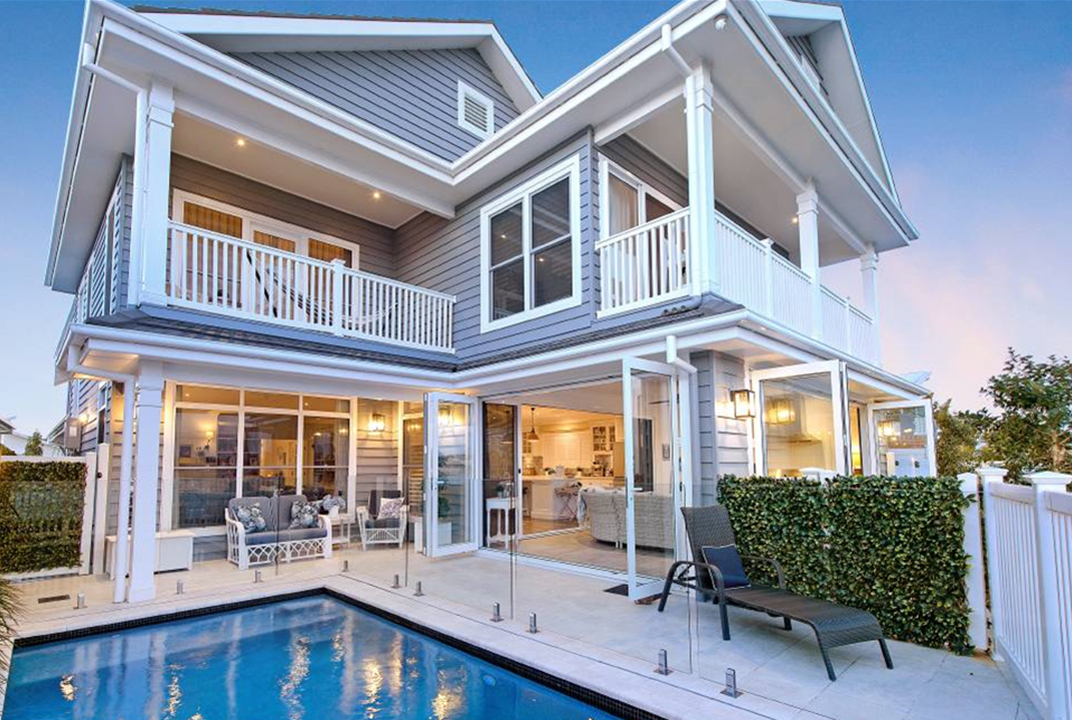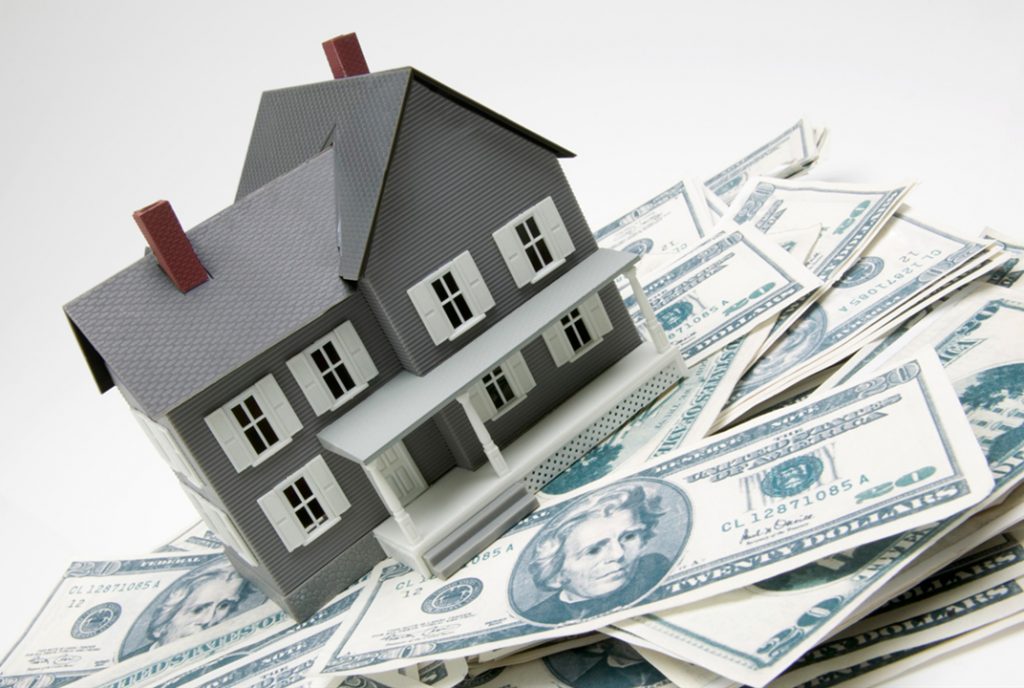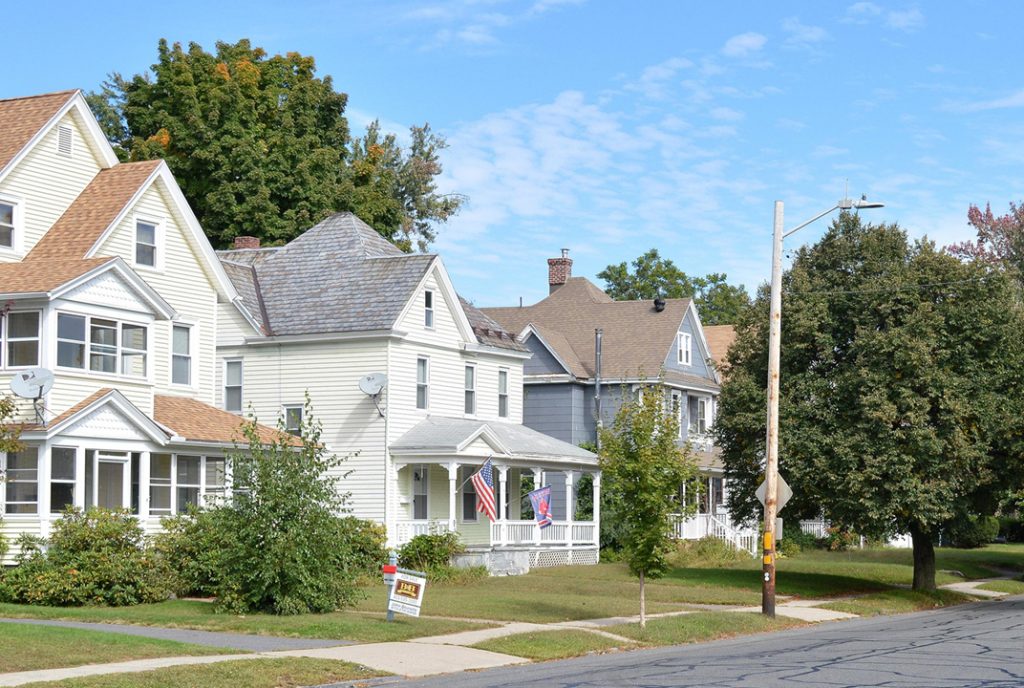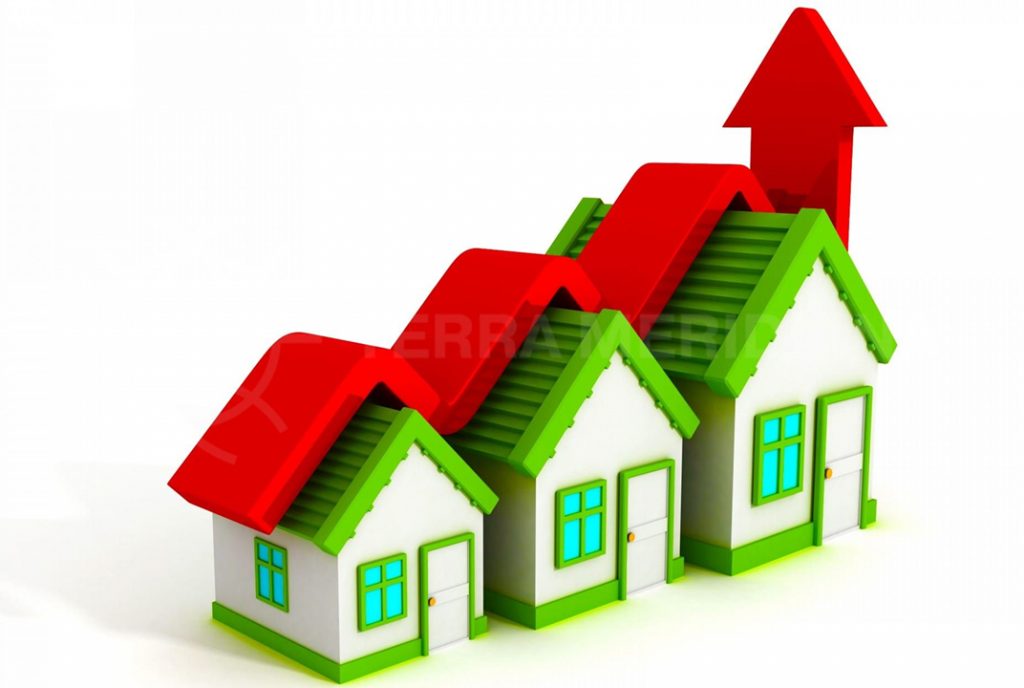
Various factors decide the housing prices. Some are intelligent, in light of economic speculations and populace thickness. Impalpable elements, similar to the vibe of an area, and desires for future growth, influence property costs also.
Laid out underneath are some key factors that sway property costs.
1. Supply and demand
Set forth plainly, if home demand increments quicker than supply, house costs go up. For house costs to fall, there must be a reduction in order. Property costs are always dependent upon the present supply and demand in some random zone.

2. Interest rates
Expanded interest rates cause developed variable home loan installments, making home purchasing less alluring. Since most of the homeowners have variable home loans, even a little interest rate change is noteworthy. Combined with house estimations, interest rates unmistakably sway the affordability of purchasing a home.
3. Economic growth
House estimations react to economic conditions. Economic growth and expanded wages permit more individuals to purchase homes. This raises in global demand, which grows property estimations.
4. Demographics
Segment factors impact house costs. As levels of movement increment, so does the populace, expanding the demand for homes. The increasing separation rate has grown the number of single individuals living alone, causing an expansion in order, which influences property estimation too.

5. Location and land size
The effect of location on house costs is self-evident. Homes that are nearer to the seashore, the CBD, or transportation, will in general, command higher property costs. Australia has a top grouping of lodging around the downtown areas. Most individuals need to live near work, shopping, and recreational chances, which generally causes higher property costs in these territories.
House costs are likewise dependent upon the size of the property on which the home is arranged. Property costs for households with land will be radically not quite the same as for similar homes with no area.
6. Room to develop
The chance of development is critical in deciding house costs. The possibility to include a second story or extra bedrooms, or a room over a carport or in the nursery, can affect property costs. Expanding the floor region builds the worth. This relates to the estimation of location and land size in deciding house costs.

7. A second bathroom
Luxuries additionally sway house costs. When contrasting similar properties inside an area, house costs for homes with an additional bathroom will be higher. The estimation of extra bathrooms, notwithstanding, relates legitimately to the number of rooms in a home. Second bathrooms in two-bedroom houses, for example, have less effect on property costs than adding a second bathroom to a five-bedroom house.
8. Parking
Parking is at a higher cost than expected in the enormous urban communities—property costs for homes that have parking or a carport mirror this critical increment in esteem.
9. Home improvements
Different home improvements impact property costs. A kitchen or bathroom update, new deck, naturally painted dividers, and landscaping improvements would all be able to increase the value of a home. To keep away from excessive consumptions and guarantee a sufficient rate of profitability for definite improvements, homeowners ought to consistently examine with a realtor what sway specific tasks normally have on house costs.
